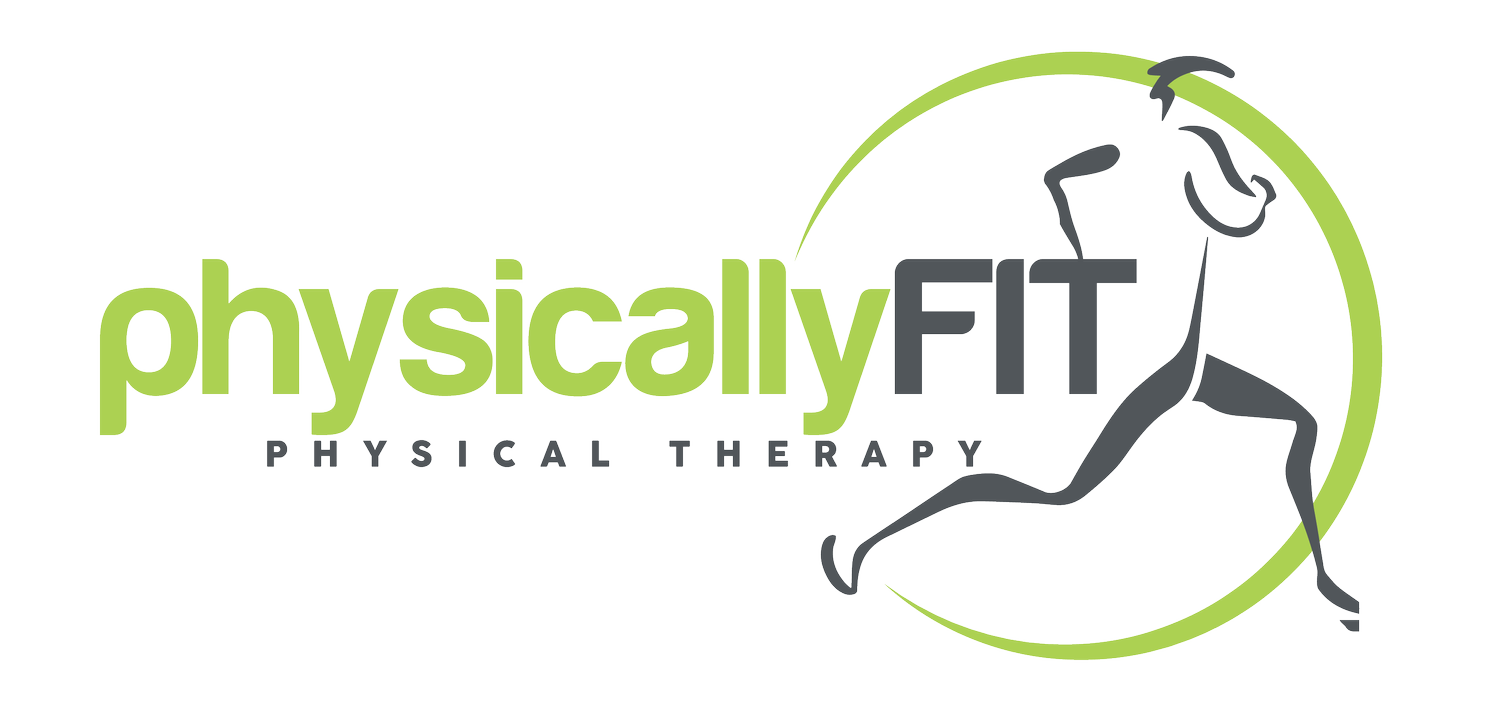What Does Dry Needling Do? Discover the Benefits and Myths
Dry needling is an innovative technique that physical therapists use to address musculoskeletal pain and movement impairments. This dry needling therapy involves the insertion of thin needles into trigger points within the muscles, which are knotted and tender areas that can lead to referred pain. Unlike wet needling, which involves injecting substances, dry needling simply uses solid needles to stimulate the muscle and increase blood flow. But what exactly does dry needling do?
What Does Dry Needling Do: Understanding the Basics
Dry needling is a technique designed to alleviate chronic pain, muscle tension, and movement restrictions by targeting myofascial trigger points. These trigger points can cause significant discomfort and muscle pain when pressed and may lead to pain in other areas of the body. By addressing these points, dry needling treatment can improve range of motion and relieve pain.
The Role of a Physical Therapist in Dry Needling
In dry needling physical therapy, certified physical therapists play a crucial role. They are trained to identify the trigger points and determine the appropriate areas for needle insertion. This process is essential for the success of the treatment, as the effectiveness of dry needling often depends on the therapist's ability to accurately locate these points.
How Does Dry Needling Work?
During a dry needling session, a physical therapist inserts thin needles into the myofascial trigger points. This process may induce a local twitch response, an involuntary muscle spasm that indicates the muscle is reacting to the treatment. While some patients may experience discomfort during the needling, the dry needling work is generally well-tolerated and can lead to significant improvements.
Benefits of Dry Needling: Pain Relief and More
What Does Dry Needling Do for Chronic Pain?
One of the primary benefits of dry needling is its ability to manage chronic pain. By targeting the trigger points, it can alleviate muscle pain and reduce muscle tension, offering relief for conditions such as fibromyalgia and knee arthritis pain. Patients often notice a reduction in pain and improved function following treatment.
How Does Dry Needling Improve Blood Flow and Muscle Function?
Dry needling therapy can help restore blood flow to overused muscles, which alleviates pain and tension. This increase in blood flow promotes healing and muscle recovery. By releasing muscle tension, dry needling also improves muscle activation patterns, enhancing overall musculoskeletal function.
Is Dry Needling Effective for Sports Injuries?
Yes, dry needling is an effective technique for treating sports injuries such as tennis elbow and rotator cuff issues. It helps reduce muscle soreness and accelerates recovery time, allowing athletes to return to activity sooner. Additionally, it can reduce recovery time when compared to other physical therapy techniques.
What to Expect During a Dry Needling Session
Does Dry Needling Hurt?
During a dry needling session, some patients may experience mild discomfort, especially when the needle is inserted into the trigger point. This sensation might trigger a twitch response, which can be briefly painful. However, the discomfort is usually minimal and subsides quickly.
Post-Session Care and Potential Side Effects
After dry needling, patients may feel slight muscle soreness or tightness near the needle insertion site. This soreness typically resolves within 24-48 hours. Minor side effects can include temporary bruising or slight bleeding, but serious complications are rare when performed by a trained professional.
How Many Sessions Are Needed?
The number of dry needling sessions required varies based on the patient's condition and response to treatment. Physical therapists will tailor the treatment plan to each individual's needs, ensuring the best possible outcomes.
Conclusion: Incorporating Dry Needling into Physical Therapy Treatments
Dry needling offers a low risk and effective means of addressing musculoskeletal pain and improving range of motion. When performed by certified physical therapists, this dry needling therapy can lead to significant improvements in pain and function, making it a valuable addition to physical therapy and sports medicine. If you're struggling with chronic pain or muscle tension, consider exploring dry needling treatment as part of your physical therapy techniques. Always consult with your health care team to ensure this approach is appropriate for your specific needs.
If you have further questions about dry needling, then we encourage you to see our Dry Needling service page, where you can get more specific information about what Physically Fit has to offer.









